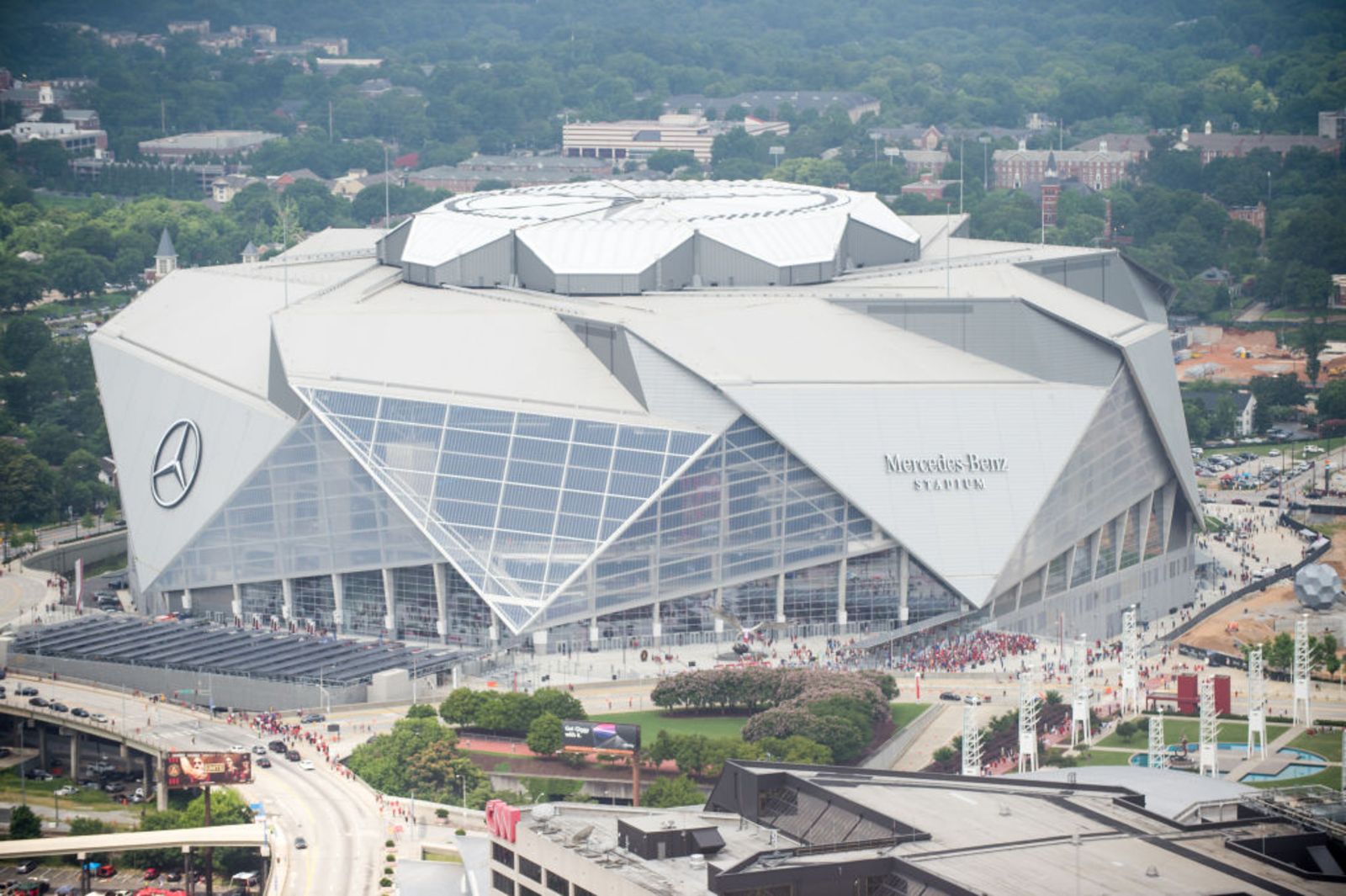Four Reasons Taxpayers Should Never Subsidize Stadiums
Elected officials have been played by team owners and sports leagues.
Bloomberg, July 16, 2018
Your tax dollars are being wasted, on an enormous scale, by uncompetitive socialist enterprises that ignore the basic rules of economics.
I refer, of course, to the practice of politicians who give taxpayer dollars to subsidize the business of sports by paying for the construction and/or renovation of stadiums and arenas. These exercises in crony capitalism make no sense whatsoever. There has never been a decent reason to subsidize these successful businesses, which rarely produce a real return on the public’s investment. Nor is civic pride a justification.
The bottom line here is very simple: The cost of building and maintaining these facilities should be borne by the people who attend these events via their ticket purchases, and not the people of an entire state and/or metropolitan region, the vast majority of whom will never set foot inside these enormously costly structures.
This was brought into focus once again by a recent New York Times column, which looked at the five sports stadiums and six sports arenas within 60 miles of midtown Manhattan, with a combined 335,271 seats. Of the total cost of $7.5 billion, taxpayers provided more than a third, or about $2.75 billion. That’s about $8,200 per seat.
Sadly, our leaders never learn, and there are many proposals for more stadiums to be built or renovated with taxpayer backing.
For a nation allegedly concerned with mounting deficits and debt this is a colossal waste of resources. Here are four reasons why:
1. Competition: Sports and live music are incredibly successful and profitable businesses overall. These venues should be able to compete on their own for consumer dollars. If a venue can’t generate the needed revenue, that tells you that it is either poorly managed or not needed by the marketplace. In either case, the local tax base should not subsidize it.
2. Riches for the rich: Sports teams are extremely valuable properties. Why should nonowners subsidize businesses that can easily afford to build their own facilities? The taxpayer subsidies also distort the market calculus, destroying the signals that supply and demand are supposed to send. So not only do rich owners avoid the full cost of paying for their venues, but they also get all of the appreciation in the value of their teams. And by lowering the actual cost of operation, the subsidies make it much easier for rich owners to earn a profit.
3. Economic impact: The academics have looked at the data,1 and there is little doubt: Stadiums add little or nothing to the local economy. It certainly isn’t worth giving away billions of dollars to these businesses. The return on investment for the public is nil. These wasteful subsidies have demonstrated little if any positive economic impact on the municipalities and states.
4. Priorities: Given the state of the nation’s infrastructure, one would imagine that there might be projects with higher priority for taxpayer dollars. Bridges are collapsing, tunnels are on the verge of failure, highways are not being properly maintained, rail lines are obsolete, the electrical grid is an antiquated patchwork and our ports are still vulnerable to terrorist attacks. This is before we even consider making our transportation system smart and capable of handling self-driving cars — or even just more efficient at traffic management.
Anyone who thinks the taxpayer should be paying for building new stadiums should spend a little more time studying the state of America the rest of us deal with. Build all the stadiums all you want — but goddamit, pay for them yourself.
I lay most of the blame for this on the sport leagues, who helped the owners perfect the art of playing one city or region against another. Had the leagues either not condoned or shrugged at this kind of hard-nosed bargaining, we might never have seen local leaders dangling financial goodies in front of owners or engaging in the one-upmanship that so often comes when a team decides its old home wasn’t quite good enough (never mind the total disregard and disrespect for the long-suffering fans).
Team owners and sports leagues during the past 30 years have proven themselves masters of plundering the public coffers. America’s mayors and governors need to catch up. It should have happened a long time ago.
UPDATE: December 24, 2023
Here is the latest idiocy, nationally:
“A new wave of sports facility construction is underway. One driven, in part, by a race to keep up with rivals and one that could collectively cost taxpayers billions of dollars despite skepticism from economists that stadiums boost local economies.”
–Plans Abounding For New Sports Stadiums Across The U.S., Carrying Hefty Public Costs
_______
1. See this, this, this, this, this, this, this, this, this, this, this, this, or this.


